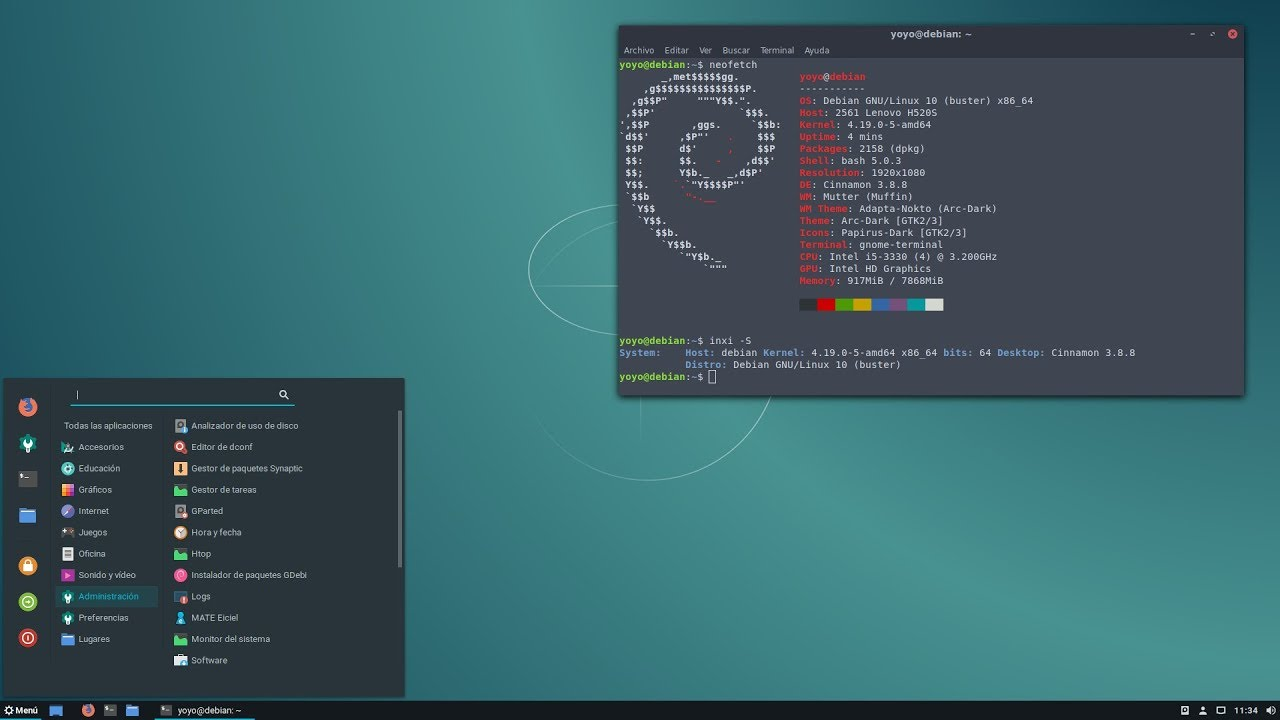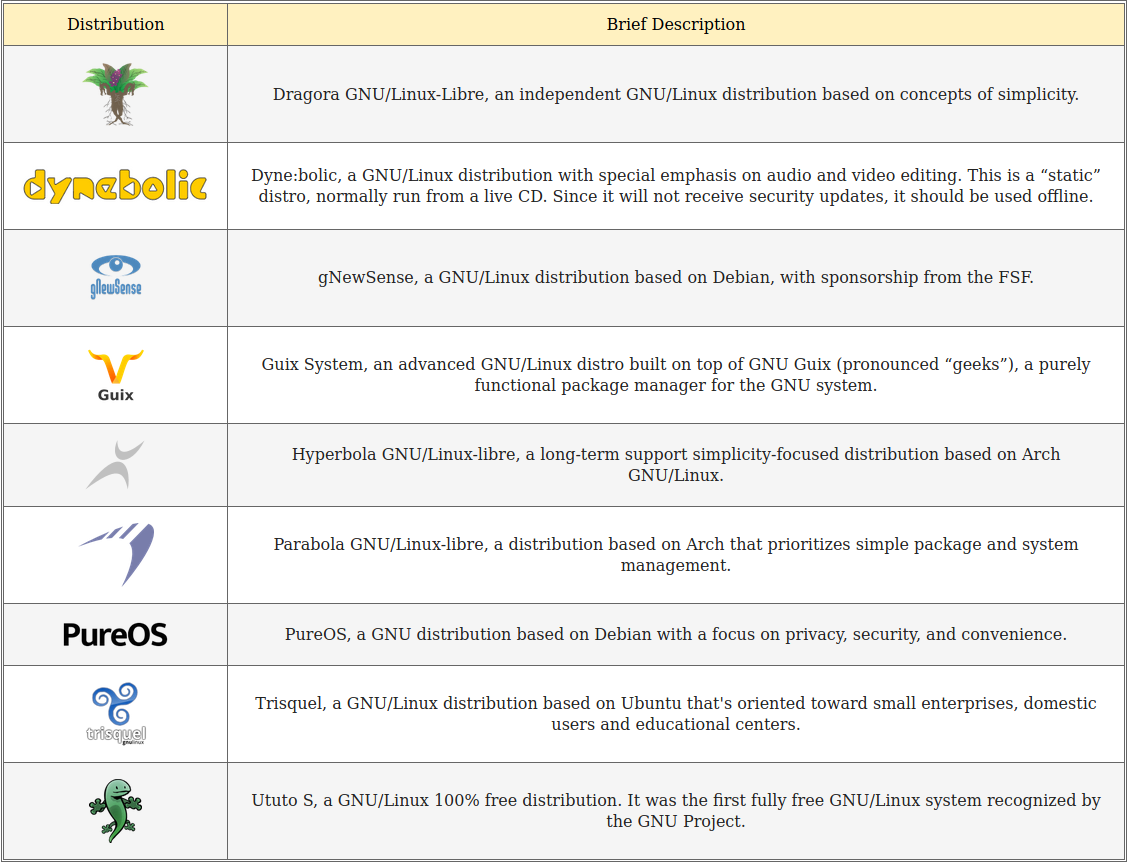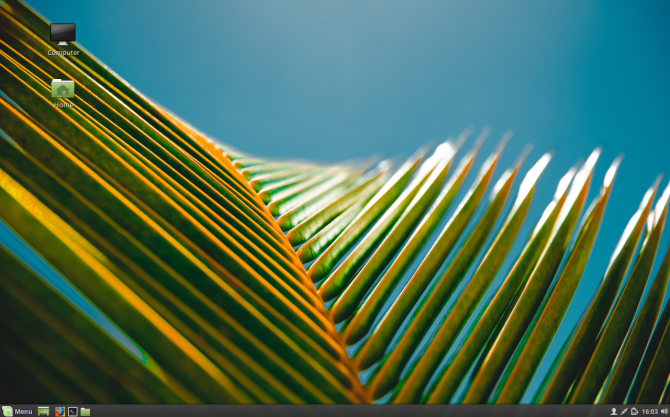Carding 4 Carders
Professional
Hello all, friends. Today we will talk about why you can "smear" VPNs, proxies and work from a virtual machine, but at the same time remain poorly protected or make it even worse.
Today we will talk about the OS (Operating Systems) - after all, this is the main "foundation" of your security. In fact, only AFTER you have decided on the OS is it worth talking about its further configuration and stuffing with various tools. I always start from the fact that we need the most efficient and secure solution (no matter what we do in theory).
At the moment (we are talking about a PC), everything usually comes down to one of 2 options:
The division itself into 2 subgroups will not give us much, the MAIN factor that you should pay attention to when choosing an OS (and indeed any software IN General) - is this product free or proprietary?
Why is this so important, and what is the difference?
Let's look at the example of Windows
Windows is a proprietary, commercial product. Closed source, not auditable. That is, this OS cannot be checked by a third-party for the presence of "pitfalls". What can be sewn inside this product is fully known only to its creators. I will give only the most sensational ones:
1) the Vast majority of all malicious programs are written under Windows. Since this is simply the most popular OS in the world. By avoiding this particular OS, YOU are already largely protecting yourself without even taking further steps! It's like choosing between a walk on a dilapidated bridge and smooth asphalt.
2) All versions of Windows 10 (except Corporate) take photos of your face every 30 minutes and send them to Microsoft servers. If you have a webcam, of course.
3) Windows, with a certain frequency, sends screenshots from your desktop directly to Microsoft. Not only screenshots, but also everything that can be transmitted-up to the keys you pressed during the working session (Keylogger). For proofs, knock on the BOS.
You may ask - So what? They transmit and transmit what they want to do..
But this traffic is easily intercepted on its way, for example, by a schoolboy Petya or Vasya from the factory, who after a work shift is fond of pentesting on Kali Linux-conditionally, of course.
I'm sure I don't need to remind you that the competent authorities have much more opportunities.
The problem is not solved by setting up and simply stopping surveillance in this OS.
It's not my job to denigrate the Windows line. This is a very complex and competent product that has been, is and will continue to be worked on by a huge number of hours of professionals of all stripes. I just want to remind you that when it comes to security, it's definitely not your choice. Work only offline.
I've written about Microsoft's atrocities thousands of times, and it doesn't make sense to write in the 1001st one. Here are some links if this is unexpected news for you
Windows 10 monitors even if all network services are disabled:
https://xakep.ru/2016/02/12/windows-10-watching-you/
How Windows 10 collects user data:
https://habr.com/ru/company/pt/blog/264763/
There is no doubt that if you are a gamer or edit videos, then, of course, it is more convenient to do this on Windows. But in terms of security, this is a really harmful and even dangerous choice.
The same can be said about Mac OS (OS X) - this is also a closed commercial product. What this OS merges or not is known only to developers. If the source code is closed, then anything can be inside. Yes, it's a great OS. But it all depends only on how much you want to protect yourself.
What should I do?
Choose a free product. Open source software that is available for everyone to audit. Where everything is completely transparent. Fortunately, there is a lot to choose from, and we will choose among the free GNU / Linux distributions. Open source, all for free. Of course, malware is also written for Linux, but there are so few of them compared to Windows that it's even stupid to compare them.
Yes, this is a different OS. But do not be afraid of this, today distributions offer comfortable shells (environments) for working with the OS. Personally, my choice - for a person who has not previously encountered the Linux world, these are Debian-like distributions. Based on .deb packages (Tails also applies to them, by the way) Why?
If there is any software for Linux, it will suit you in 99% of cases if you have a Debian-like (Debian-based) distribution. For Linux, as a rule, you do not need a powerful PC, everything works even on very modest hardware.
What distributions for a beginner can I recommend?:

Yes, sometimes in some places you can expect a small "sex" and some surprises. But believe me - it's all solvable and worth it if you care about security in your business. Plus, Debian / Mint has a HUGE and friendly community that will not leave you in trouble if you ask a question about your problem.
And later, we'll tell you why you should avoid Ubuntu.
If you have experience working with Linux, I can recommend a list of recommended GNU/Linux operating systems. COMPLETELY free, with no proprietary SOFTWARE or drivers at ALL:
https://www.gnu.org/distros/free-distros.en.html

As you can see, there is a choice. A little later, we will give a more detailed overview of Linux distributions. It will be interesting.
The purpose of today's article is to start slowly changing your worldview and instill a love of free products. Because this has the most direct impact on your security.
Today we will talk about the OS (Operating Systems) - after all, this is the main "foundation" of your security. In fact, only AFTER you have decided on the OS is it worth talking about its further configuration and stuffing with various tools. I always start from the fact that we need the most efficient and secure solution (no matter what we do in theory).
At the moment (we are talking about a PC), everything usually comes down to one of 2 options:
- Windows family operating systems
- UNIX-like operating systems
The division itself into 2 subgroups will not give us much, the MAIN factor that you should pay attention to when choosing an OS (and indeed any software IN General) - is this product free or proprietary?
Why is this so important, and what is the difference?
Let's look at the example of Windows
Windows is a proprietary, commercial product. Closed source, not auditable. That is, this OS cannot be checked by a third-party for the presence of "pitfalls". What can be sewn inside this product is fully known only to its creators. I will give only the most sensational ones:
1) the Vast majority of all malicious programs are written under Windows. Since this is simply the most popular OS in the world. By avoiding this particular OS, YOU are already largely protecting yourself without even taking further steps! It's like choosing between a walk on a dilapidated bridge and smooth asphalt.
2) All versions of Windows 10 (except Corporate) take photos of your face every 30 minutes and send them to Microsoft servers. If you have a webcam, of course.
3) Windows, with a certain frequency, sends screenshots from your desktop directly to Microsoft. Not only screenshots, but also everything that can be transmitted-up to the keys you pressed during the working session (Keylogger). For proofs, knock on the BOS.
You may ask - So what? They transmit and transmit what they want to do..
But this traffic is easily intercepted on its way, for example, by a schoolboy Petya or Vasya from the factory, who after a work shift is fond of pentesting on Kali Linux-conditionally, of course.
I'm sure I don't need to remind you that the competent authorities have much more opportunities.
The problem is not solved by setting up and simply stopping surveillance in this OS.
It's not my job to denigrate the Windows line. This is a very complex and competent product that has been, is and will continue to be worked on by a huge number of hours of professionals of all stripes. I just want to remind you that when it comes to security, it's definitely not your choice. Work only offline.
I've written about Microsoft's atrocities thousands of times, and it doesn't make sense to write in the 1001st one. Here are some links if this is unexpected news for you
Windows 10 monitors even if all network services are disabled:
https://xakep.ru/2016/02/12/windows-10-watching-you/
How Windows 10 collects user data:
https://habr.com/ru/company/pt/blog/264763/
There is no doubt that if you are a gamer or edit videos, then, of course, it is more convenient to do this on Windows. But in terms of security, this is a really harmful and even dangerous choice.
The same can be said about Mac OS (OS X) - this is also a closed commercial product. What this OS merges or not is known only to developers. If the source code is closed, then anything can be inside. Yes, it's a great OS. But it all depends only on how much you want to protect yourself.
What should I do?
Choose a free product. Open source software that is available for everyone to audit. Where everything is completely transparent. Fortunately, there is a lot to choose from, and we will choose among the free GNU / Linux distributions. Open source, all for free. Of course, malware is also written for Linux, but there are so few of them compared to Windows that it's even stupid to compare them.
Yes, this is a different OS. But do not be afraid of this, today distributions offer comfortable shells (environments) for working with the OS. Personally, my choice - for a person who has not previously encountered the Linux world, these are Debian-like distributions. Based on .deb packages (Tails also applies to them, by the way) Why?
If there is any software for Linux, it will suit you in 99% of cases if you have a Debian-like (Debian-based) distribution. For Linux, as a rule, you do not need a powerful PC, everything works even on very modest hardware.
What distributions for a beginner can I recommend?:
- Linux Mint, an easy installation that even a housewife can handle. Very stable and reliable distribution. Absolutely comfortable for a novice user. The Cinnamon environment is as similar to Windows as two drops of water:

- Debian is the largest community-managed distribution. It will be a little more difficult to install than Mint, but it is still ideal for interacting with the Linux world. VERY reliable distribution. Excellent software support. Debian has been around since 1993. It's only two years younger than Linux itself. This is the most win-win option in terms of selection, if you already have minimal experience. I'm not going to do a detailed review of distributions right now, so for today we'll limit ourselves to a short opinion. Cinnamon environment is also available:

Yes, sometimes in some places you can expect a small "sex" and some surprises. But believe me - it's all solvable and worth it if you care about security in your business. Plus, Debian / Mint has a HUGE and friendly community that will not leave you in trouble if you ask a question about your problem.
And later, we'll tell you why you should avoid Ubuntu.
If you have experience working with Linux, I can recommend a list of recommended GNU/Linux operating systems. COMPLETELY free, with no proprietary SOFTWARE or drivers at ALL:
https://www.gnu.org/distros/free-distros.en.html

As you can see, there is a choice. A little later, we will give a more detailed overview of Linux distributions. It will be interesting.
The purpose of today's article is to start slowly changing your worldview and instill a love of free products. Because this has the most direct impact on your security.



